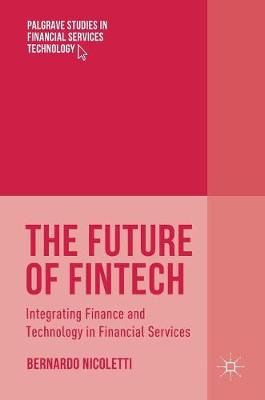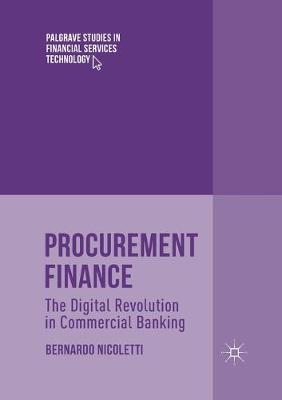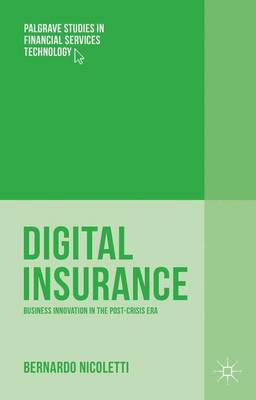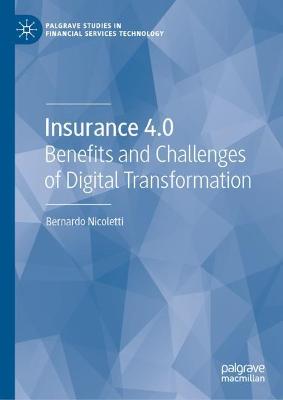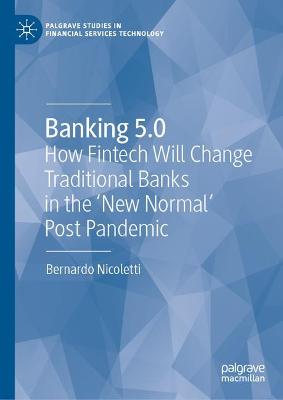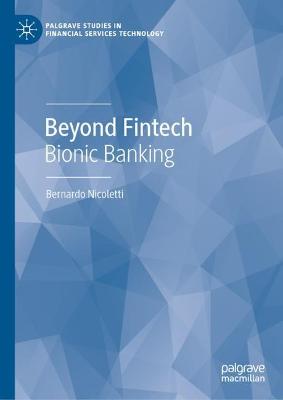Palgrave Studies in Financial Services Technology
6 total works
This book presents a business model on how to structure the relationship between financial services and procurement. The need for new models is particularly important to support small and medium enterprises (SMEs) where there is an evident difficulty in accessing credit. Due to this context, innovative solutions must be introduced.
The objective of this book is to determine how innovation can support the dynamic and volatile international context and the increasingly relevant function of procurement. It is becoming more and more important to take into account complex international transactions with notably long payment terms. Organizations need to manage the best way to handle the financial relationships and the risks related to credit provision and payments. This book presents an end-to-end support to procurement, including trade finance, supply chain finance, and related payments.
In addition, the enterprises need to keep sufficient liquidity levels in the short and medium term. This is a constant challenge today, with the turbulence of financial markets and a continuing climate of economic uncertainty making it harder to obtain external funding. Businesses need to optimize the working capital. This can be done through the innovative concept of procurement finance, which allows SMEs to benefit by the new vision of collaborative procurement.
This book provides several practical examples of advanced procurement finance solutions. It demonstrates how the use of process improvement and technology can help in overcoming the current financially difficult situation. In addition, based on the business model presented, the integrated approach to procurement finance allows sustainable solutions which will be of interest to academics, researchers, managers, and practitioners in both buyer and vendor companies, as well as in banks and other financial institutions.
Industry 4.0 has spread globally since its inception in 2011, now encompassing many sectors, including its diffusion in the field of financial services. By combining information technology and automation, it is now canvassing the insurance sector, which is in dire need of digital transformation.
This book presents a business model of Insurance 4.0 by detailing its implementation in processes, platforms, persons, and partnerships of the insurance companies alongside looking at future developments. Filled with business cases in insurance companies and financial services, this book will be of interest to those academics and researchers of insurance, financial technology, and digital transformation, alongside executives and managers of insurance companies.
Bill Gates’ quote, “Banking is necessary, but banks are not,” showcases the opportunity for financial services digital transformation. The next transition from industry 4.0 to 5.0 will impact all sectors, including banking. It will combine information technology and automation, based on artificial intelligence, person-robot collaboration, and sustainability. It is time to analyze this transformation in banking deeply, so that the sector can adequately change to the ‘New Normal’ and a wholly modified banking model can be properly embedded in the business.
This book presents a conceptual model of banking 5.0, detailing its implementation in processes, platforms, people, and partnerships of financial services organizations companies. The last part of the book is then dedicated to future developments. Of interest to academics, researchers, and professionals in banking, financial technology, and financial services, this book also includes business cases in financial services.
The research on the book has been conducted through a qualitative and descriptive methodology with the intent to build further knowledge about the topic starting from the information available in literature. To provide actual evidence of the reality of bionic financial services, the book includes case studies. The organizations observed in the study have been selected since they present some of the key traits identified by the bionic enterprise theory. The book demonstrates that bionic enterprise theory can be further enriched with the conceptualization of a bionic business model in which the paradigm of collaboration between humans and machines is a recurring element.
